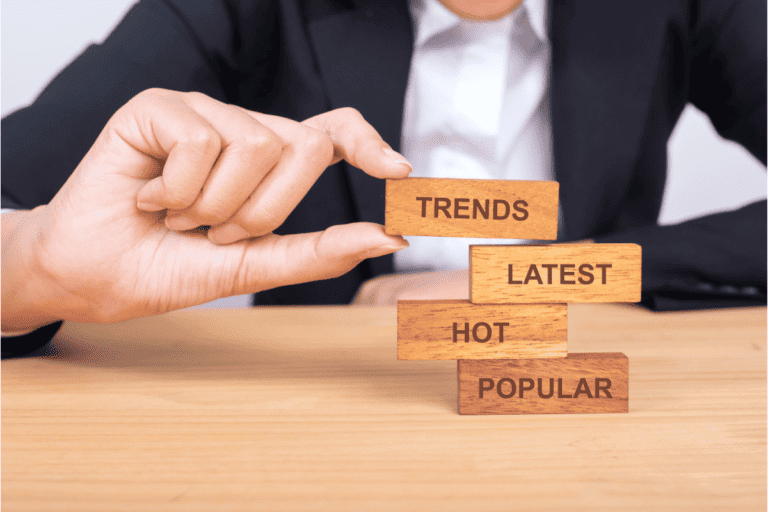Which of the Following Is an Example of Formal Communication?
Have you ever wondered what sets formal communication apart from other forms of communication? Well, let me give you a hint. Imagine a scenario where professionalism and structure are of utmost importance, where a certain level of decorum is expected. In such situations, formal communication becomes the norm.
But what exactly does it entail? In this discussion, we will explore the different examples of formal communication and discover its significance in various settings. So, if you're curious to uncover the key aspects of this crucial form of interaction, then let's embark on this enlightening journey together.
Key Takeaways
- Formal communication is characterized by the deliberate and structured transmission of information in a professional setting.
- It plays a crucial role in maintaining effective communication within organizations, reducing misunderstandings, and emphasizing professionalism and clarity.
- Formal communication ensures accurate and efficient conveyance of information, fosters accountability, and promotes collaboration.
- Examples of formal communication include conducting meetings, writing official emails, and presenting reports to superiors in business settings, as well as fostering a conducive learning environment and facilitating student-teacher relationships in educational settings.
Definition of Formal Communication
Formal communication is the structured and deliberate transmission of information in a professional setting. It plays a crucial role in organizations by establishing clear channels for exchanging important information. There are various types of formal communication, including written communication through emails, memos, and reports, as well as oral communication through meetings, presentations, and conferences. Each type serves a specific purpose and helps in maintaining effective communication within the organization.
The importance of formal communication can't be overstated. It ensures that information is conveyed accurately and efficiently, reducing the likelihood of misunderstandings or misinterpretations. Formal communication also helps in maintaining a professional image and fostering a sense of accountability among employees.
It enables the smooth flow of information across different levels of hierarchy, facilitating decision-making processes and promoting collaboration. Overall, formal communication is essential for organizations to function effectively and achieve their goals.
Characteristics of Formal Communication
As we shift our focus to the characteristics of formal communication, it's important to understand the key attributes that distinguish this type of communication within a professional setting.
Formal communication is characterized by its structured and official nature, which emphasizes professionalism and clarity. Some important features of formal communication include:
- Importance: Formal communication is crucial in professional settings as it ensures clear and precise transmission of information, helps maintain organizational hierarchy, and supports decision-making processes.
- Advantages: Formal communication provides a standardized channel for conveying information, facilitates accountability and responsibility, and promotes professionalism and respect in the workplace.
- Written Documentation: Formal communication often involves written documentation such as memos, reports, and emails, which offer a permanent record of important information.
- Official Language: Formal communication typically employs official language and follows specific rules and protocols, ensuring clarity and preventing misinterpretation.
Understanding the characteristics of formal communication is essential for effective communication within a professional environment. It helps maintain professionalism, ensures accurate information transfer, and fosters a productive work culture.
Examples of Formal Communication in Business
Examples of formal communication in business include conducting meetings, writing official emails, and presenting reports to superiors.
Formal communication is vital in business as it ensures the exchange of information is clear, concise, and professional. It helps establish a structured and organized work environment, promotes accountability, and fosters effective collaboration among employees.
To ensure effective formal communication in the workplace, it's important to use appropriate language, maintain a professional tone, and follow established communication protocols. Other strategies include using formal channels such as memos or official letters, providing clear instructions and expectations, and actively listening to others during meetings.
Formal Communication in Educational Settings
In educational settings, effective communication plays a crucial role in fostering a conducive learning environment and facilitating student engagement and success. Clear communication is essential between students and teachers to establish a strong student-teacher relationship.
The role of formal communication in student-teacher relationships is to provide a structured and professional platform for conveying information, expectations, and feedback. It helps in setting clear goals, discussing academic progress, and addressing any concerns or challenges. Formal communication also ensures that important information regarding assignments, deadlines, and class policies is communicated accurately and consistently.
It promotes transparency, accountability, and mutual understanding between students and teachers, ultimately contributing to a positive and productive educational experience.
Formal Communication in Government and Public Institutions
Formal communication within government and public institutions is vital for effective governance, ensuring clear and efficient dissemination of information and facilitating decision-making processes. In these settings, government protocols and public administration processes dictate how communication should be conducted.
Formal communication channels, such as official memos, reports, and meetings, are used to convey important information to employees and stakeholders. These channels follow established protocols to ensure that the information is accurate, reliable, and consistent.
The use of formal communication in government and public institutions also helps to maintain accountability and transparency, as it provides a documented record of decisions and actions taken. Additionally, formal communication fosters a sense of professionalism and order, enhancing the overall functioning and efficiency of these institutions.
Conclusion
In conclusion, formal communication plays a crucial role in various settings, such as business, education, and government institutions. It ensures clarity, professionalism, and efficiency in conveying important information.
By utilizing the rhetorical device of parallelism, the rhythm and flow of the writing are enhanced, making the conclusion concise yet impactful.
Emphasizing the significance of formal communication, it's evident that its structured approach facilitates effective communication and fosters success in diverse sectors.







